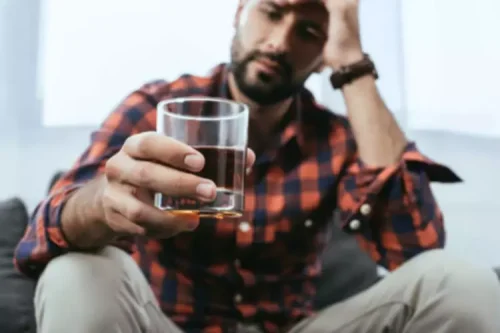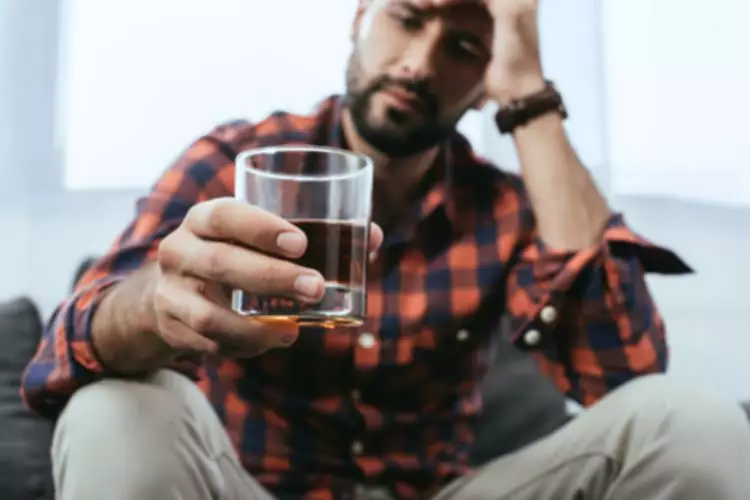
For those who have the skin condition, it can be difficult to enter into society when flare-ups occur because of the existing stigma surrounding alcoholic nose. Because for so many years people have assumed a connection between alcoholism and rhinophyma, a stigma has formed around the idea of an alcoholic nose. An alcoholic nose, also known as a drinker’s nose, is characterized by a red, bumpy, and swollen nose. Using gentle, non-irritating skincare products can help manage rosacea symptoms and prevent flare-ups.
Alcohol Addiction and Its Effects on Health
If you’re struggling with alcohol and red nose, it’s time to get the treatment you need to live a sober life. We work with treatment providers all across the nation, making it easy for you to access treatment in your area. Contact us now to learn more about the signs of alcoholism and how https://ecosoberhouse.com/ to access accredited treatment providers. Too much alcohol consumption can result in alcoholic hepatitis, which is liver inflammation. This occurs because the abuse of alcohol over a long period of time diminishes the liver’s ability to function.

Rhinophyma: Beyond the “Alcohol Nose” Myth
The more alcohol they consume, the more aggravated their symptoms will be and the more they will spread. Just because they have swelling and discoloration around the nose does not mean they are an alcoholic. This stigma has caused many people to feel uncomfortable and ostracized from society.
Who Is at Risk for Alcoholic Nose?

Treatment primarily focuses on reducing the excess tissue and restoring the nose’s normal shape. Rhinophyma, commonly mislabeled as alcoholic nose, presents as a red, swollen, and lumpy nose. The affected area may also exhibit a purplish hue and can resemble warts or other Twelve-step program skin irregularities with protruding lumps. This distinctive appearance can significantly alter the facial aesthetics, leading to social and psychological impacts for those affected.

There are many different surgical options that use plastic surgery techniques. During a rhinophyma surgery, the physician will remove the extra skin that builds up on the nose and reduce skin growths to help the nose return to its normal shape, size and appearance. Drinking can increase the effects of existing rosacea and may increase the risk of this condition developing. However, many people who use alcohol heavily do not develop rosacea, and rosacea does often occur in people who do not drink alcohol or only use it in moderation.
- As friends and family members to those with substance use disorders, we can learn about the warning signs of addiction, talk more openly about topics of addiction, and offer support.
- An alcoholic nose is not a true diagnosis of alcoholism or even a sign of it in many cases.
- Alcohol affects your face and skin in general by enlarging both pores and blood vessels.
- More severe cases often require surgical intervention, such as laser therapy, dermabrasion, or traditional surgery to remove excess tissue and reshape the nose.
- If you are suffering from an alcoholic nose and are an alcoholic, you can get help.
Rosacea also causes an increased number of pimples and poorer skin quality. Of course, avoiding alcohol isn’t always easy—especially for long-term drinkers. Ria Health offers a proven at-home treatment to help you limit or stop your consumption of alcohol. You set your own personal goal, and we help you achieve it with coaching, medication, and other tools and resources.
Not all people with rhinophyma have alcoholism, and not all people with alcoholism will develop an alcoholic nose. Although it happens in some cases, it is not the actual cause of the condition. That fact has sadly not done much to retract the stigma surrounding this condition. It can have a drastic effect on an individual’s relationships, career, demeanor, and overall physical health. Common health complications can include damage to the liver, brain, and other internal organs, but another phenomenon has gained traction in notoriety. Banyan Treatment Center Delaware looks at the alcoholic nose and what exactly causes people to experience it.
Why Do Alcoholics Have a Red Nose?
- Studies report a high prevalence of spider veins in alcoholics, reaching 46.7% in one study.
- The negative effects of alcohol on blood pressure and the heart’s functioning highlight the need for moderation.
- Rhinophyma has not been shown to be connected to alcohol use, and calling rhinophyma an “alcoholic nose” is not medically correct.
- The short answer is, “No.” The long answer is more complicated than that.
- Common health complications can include damage to the liver, brain, and other internal organs, but another phenomenon has gained traction in notoriety.
However, these lifestyle changes are ineffective in reducing swelling or the appearance of red bumps on a person’s nose due to rhinophyma. Drinking alcohol may not be the cause of rhinophyma, but those who suffer from rosacea and alcohol addiction may experience reddening of the skin and other symptoms that can cause a flare-up. The erroneous conclusion that rhinophyma is directly caused by alcoholism means that people who have the condition often don’t seek treatment for fear of being judged. Their quality of life also suffers because they often don’t go out to socialize, preferring to avoid contact with others so that they avoid the stigma. When rosacea progresses to rhinophyma, the skin not only becomes red, but small blood vessels in the skin also burst, and pus-filled pimples that are similar to acne form. Interestingly, rhinophyma is almost exclusively a disease of people who are assigned male at birth while ocular rosacea is mostly a disease of people who are assigned female at birth.
Treatment Specialties
The skin can become inflamed and turn purple or red depending on the amount of blood in that body area. This is because a lot of blood rushes into the area and swells as different bumps begin to grow. Alcoholic is just one, but it can be a crucial indication that it’s time to get help. Call our helpline to talk to one of our trained representatives who can help to guide you toward the right addiction treatment center for your or your loved one. There is a range of treatments to alcoholism nose choose from, such as long-term recovery plans, inpatient or outpatient treatment, 12-step programs, aftercare, and more.
